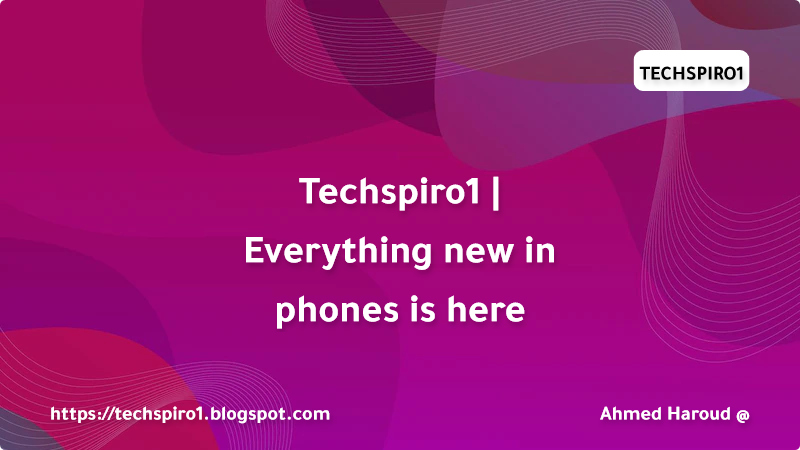
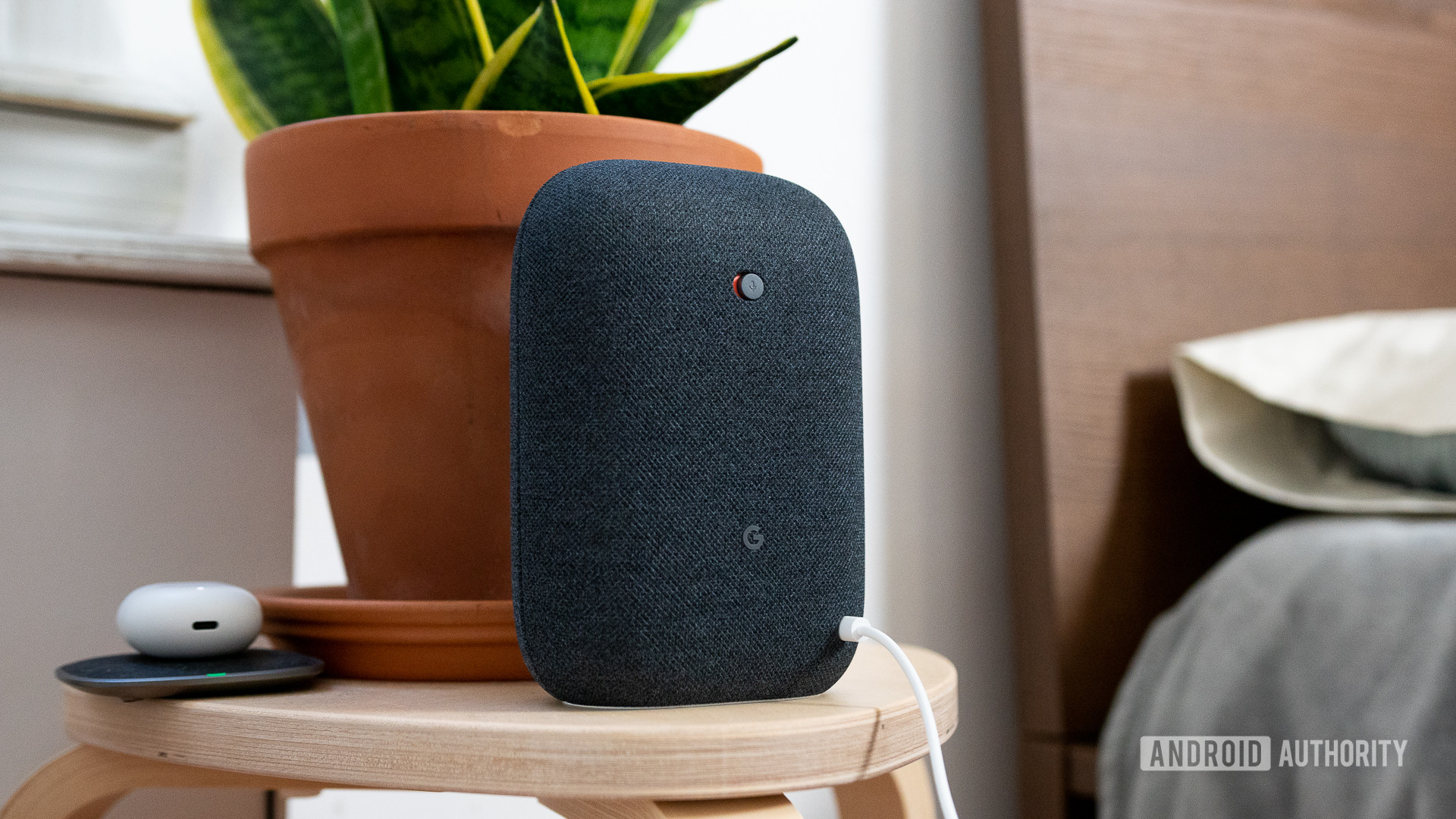
Adam Molina/Android Authority
Amazon kicked off the smart speaker race with its first Echo in 2014, initially launching it as an invite-only product. Since then, the industry has exploded, joined not only by Apple and Google but by a host of rival companies. And no wonder — if done right, a smart speaker setup is not only useful, it’s also futuristic. While privacy concerns remain, prices have reached a point that some products are almost impulse purchases.
Here’s a look at the best smart speakers — specifically, the ones within the reach of the average person. While something like a Beosound Balance might sound cool, most people aren’t ready to spend thousands of dollars on a single unit.
Do you want Alexa, Google Assistant or Siri?
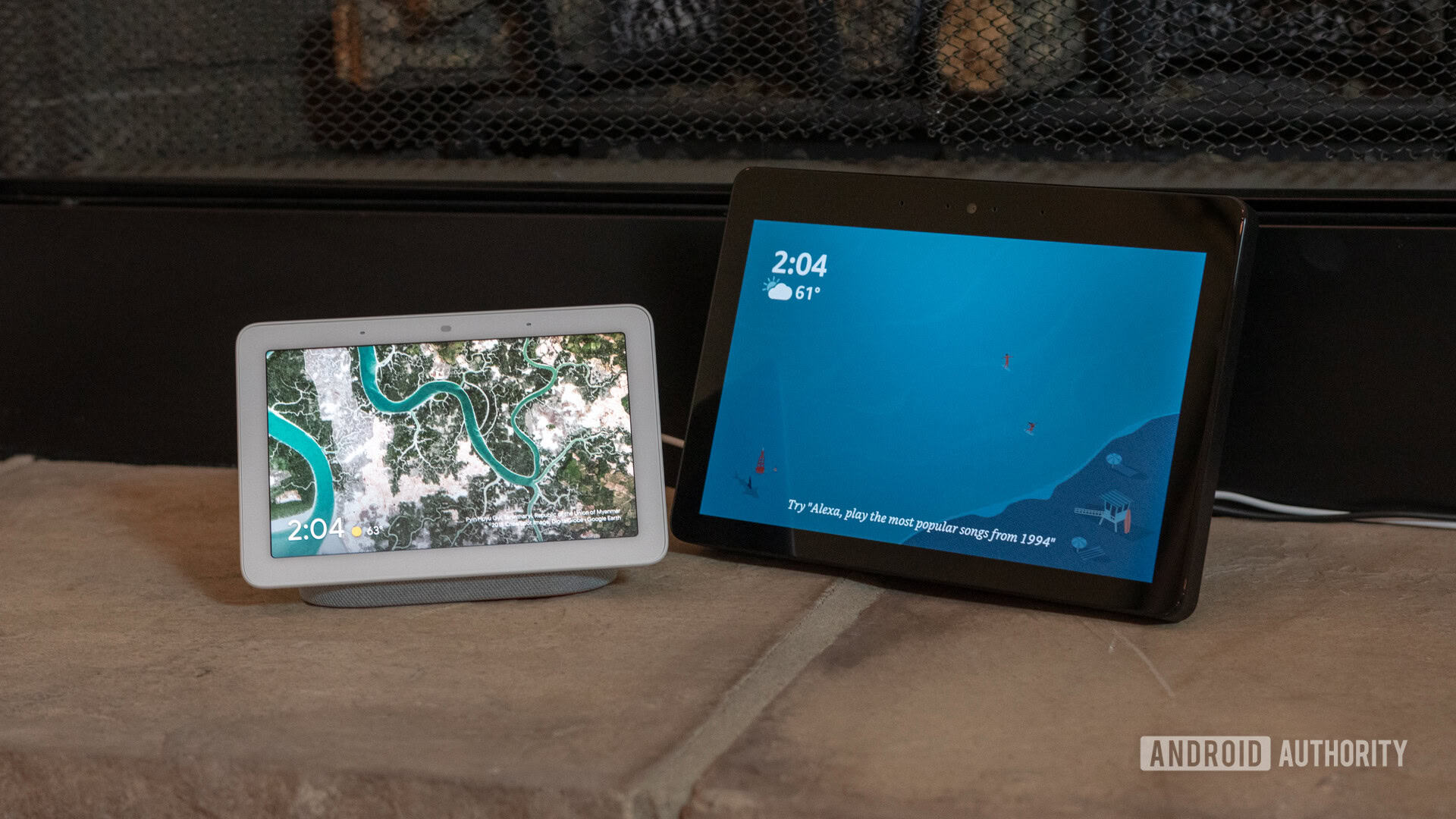
Before buying a smart speaker, you need to decide whether you prefer Amazon Alexa, Google Assistant, or Apple Siri (and through HomeKit) as your primary platform. All three digital assistants can do things like play music and podcasts, control your smart home, manage calendars and reminders, and tell you the news and weather. Each has different strengths and weaknesses, including compatibility.
You can use multiple pads in the same house, but that makes things complicated. You have to configure multiple apps, associate services and extensions to each of them, and then remember which speaker controls each on a daily basis. We recommend choosing one platform for all of your smart speakers if you can.
Some reasons to get an Alexa-powered speaker:
- You are a regular Amazon shopper. Alexa devices make shopping on Amazon easy, including shipping and delivery notifications. They also prompt you to re-order repeat purchases, which can be helpful or annoying depending on your habits.
- You want the most speaker options. There are more Alexa speakers out there than any other type, which improves your initial choices and expansion capabilities.
- You want the best smart home support. Alexa has the largest collection of compatible accessories and the best first-party app to manage them. Some Alexa speakers double as Zigbee hubs.
- Alexa has a lot more skills. Skills let you add functionality to Alexa, including standalone apps. Google has a rough equivalent for this — Actions — but Alexa arguably offers a better selection.
- You have Ring or Blink security devices. Amazon owns both of these brands, so naturally they would have expanded options with Alexa, such as voice-based arm/disarm controls and connections to smart lights.
Reasons to get a subwoofer speaker:
- You are closely linked to the Google ecosystem. The Assistant works seamlessly with other Google apps and services, and you’re probably already using it if you own an Android phone or tablet. You will not get native YouTube Music support with Alexa or Siri.
- The helper is better in context. Alexa and Siri tend to require specific wording for voice commands. Google does a better job of understanding intent, and lets you combine two things in the same sentence (eg, “Turn off the bedroom lights and put on some music”).
- Assistant has the power of Google search behind it. Not only is it best in context, it also tends to do better at answering questions. This is thanks to Google search. While Alexa and Siri tend to stick to mainstream sources like IMDb or Wikipedia, Google can turn to other domains on the web when those aren’t enough.
- It still works great for smart home purposes. The Assistant may have less device support than Alexa, but the gap isn’t so dire, and the Assistant could feel more powerful in some ways.
Reasons to get a Siri-enabled speaker (HomePod, at this point):
- You’re already invested in Apple hardware. If you own an iPhone or iPad, HomePods integrate closely with its features, including not just Siri but AirPlay, Handoff, and HomeKit. In fact, you only need an iPhone or iPad to configure the HomePod.
- You are already invested in Apple services. Although the HomePods natively support some third-party services like Pandora, you’re really meant to use Apple Music and Apple Podcasts for anything audio-related. If you are a Spotify subscriber, you will have to AirPlay content from another Apple device.
- You already like or own HomeKit accessories. HomeKit is Apple’s smart home platform. While there aren’t as many HomeKit accessories as there are for Alexa or the Google Assistant, the platform is very secure, and the Apple Home app is close to, if not superior to, Alexa. You can control HomeKit accessories from any Apple device.
- You have an Apple TV 4K. It’s very easy to pair one or two HomePods (exactly the same model) with your Apple TV for wireless TV audio. You can do something similar with your Amazon Echo speaker and Fire TV device, but the Apple TV 4K is far superior to the video streaming device.
- You want to take full advantage of the topic. Thread is a wireless network protocol for accessories that tends to be faster and more reliable than Wi-Fi or Bluetooth, and furthermore has less reliance on hubs, since many accessories can act as their own “border routers”. Apple was an early adopter, so if you want a foolproof ecosystem of Thread, the HomePod is a great place to start. Google only recently started supporting Thread, and Amazon has yet to roll out the promised software upgrades.
The best smart speakers
1. Amazon Echo Dot (5th generation)
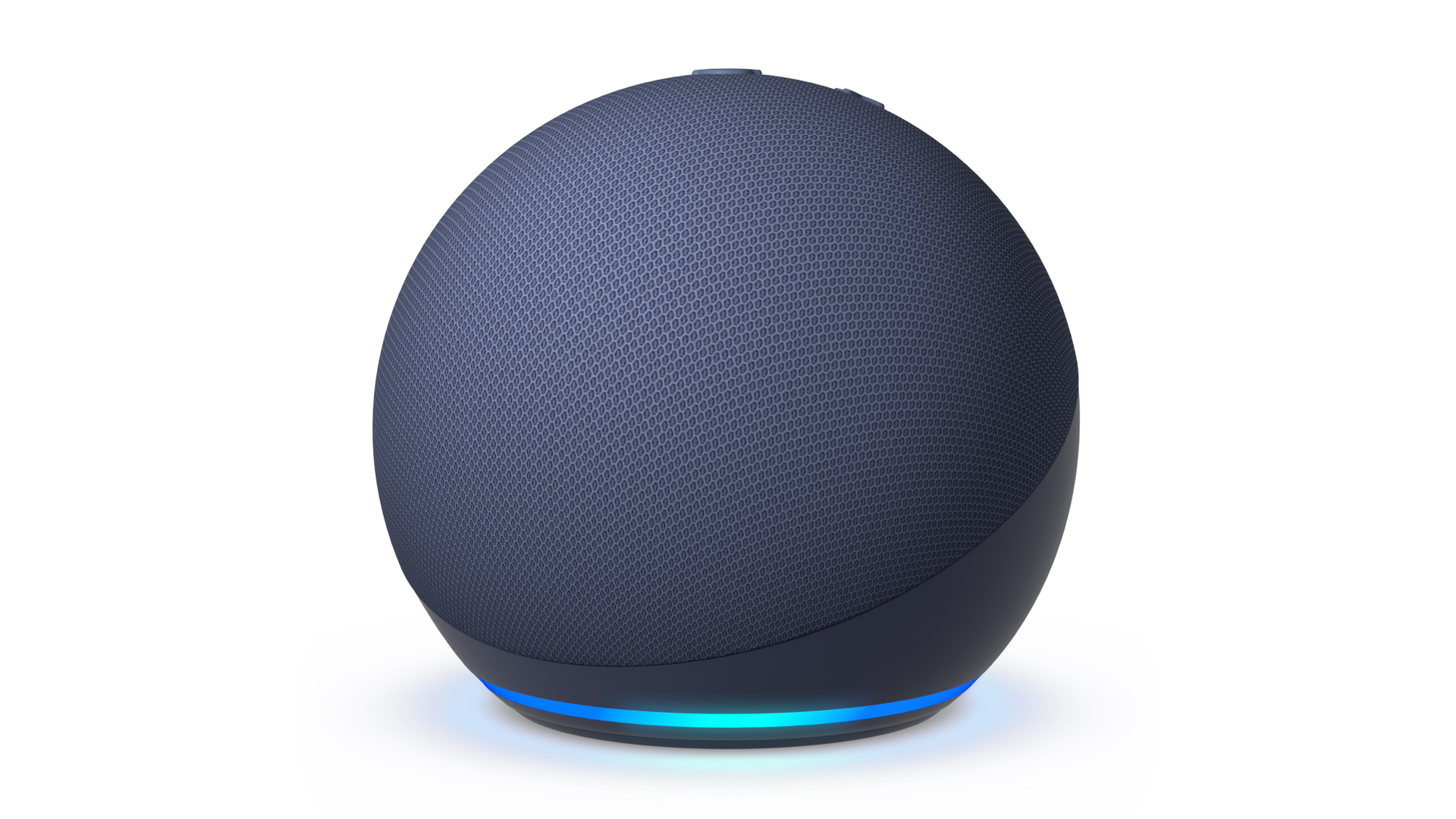
With its low price tag, the fifth generation Echo Dot is probably the perfect way to get started on your smart speaker. You’ll need other models for the best bass and fidelity, but for radio, podcasts, surround music, and smart home control, the Dot is more than enough. It includes motion and temperature sensors for automation, and if you spend a little more, you can buy a version with a built-in LED clock. Eero router owners can use them to extend their Wi-Fi network.
2. Google Nest Mini
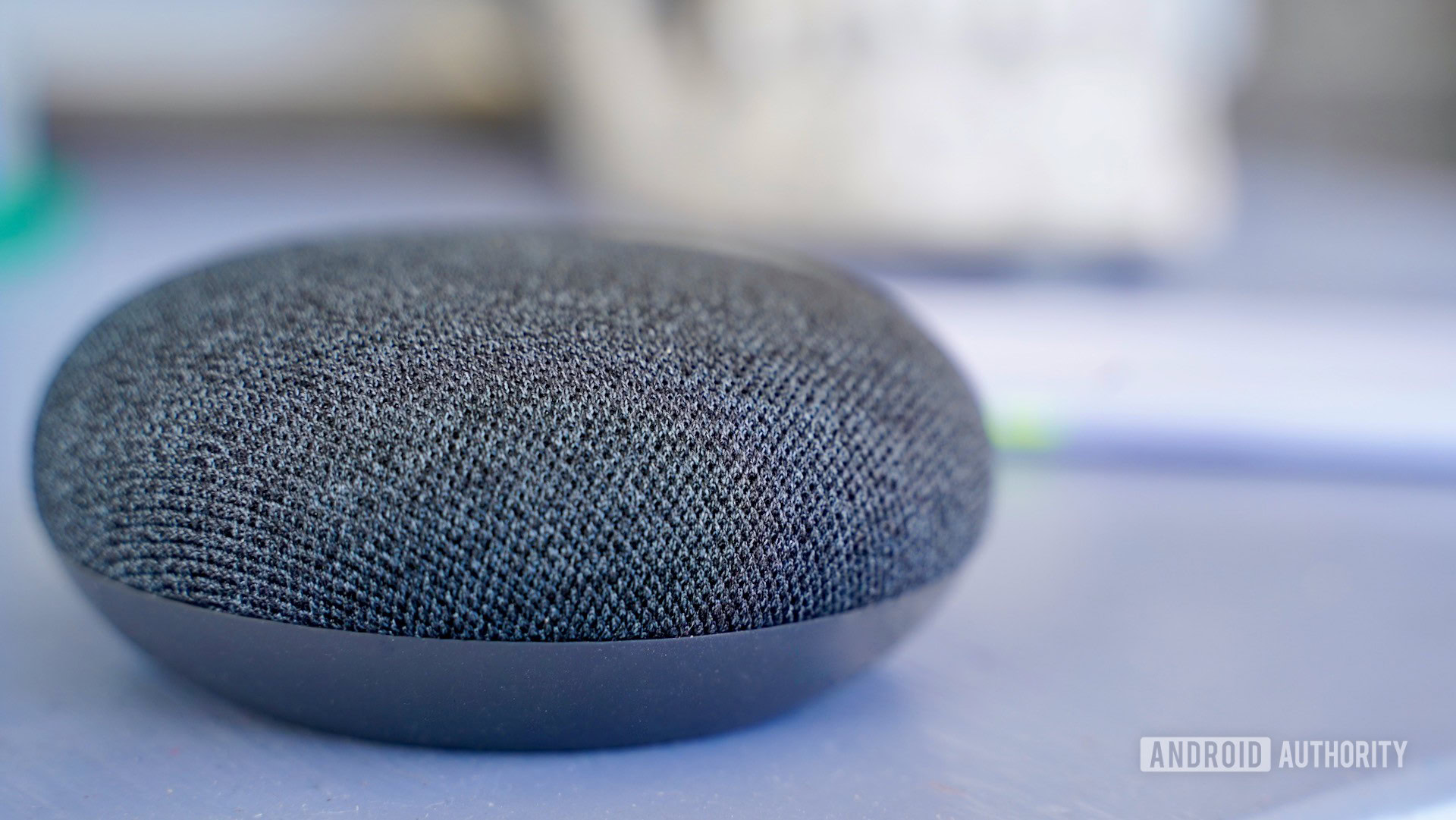
Let’s be honest — the Nest Mini is all about no-frills access to Google Assistant. While it has twice as much bass as the older Home Mini, its music output still isn’t comparable to more expensive Nest models or even the Echo Dot.
What makes them worthwhile is that they’re cheap, compact, and work well for tasks like controlling a smart home, listening to news and podcasts, and asking occasional knowledge questions. You might try pairing it with a quality Bluetooth speaker when it comes to music.
3. Amazon Echo (4th generation)
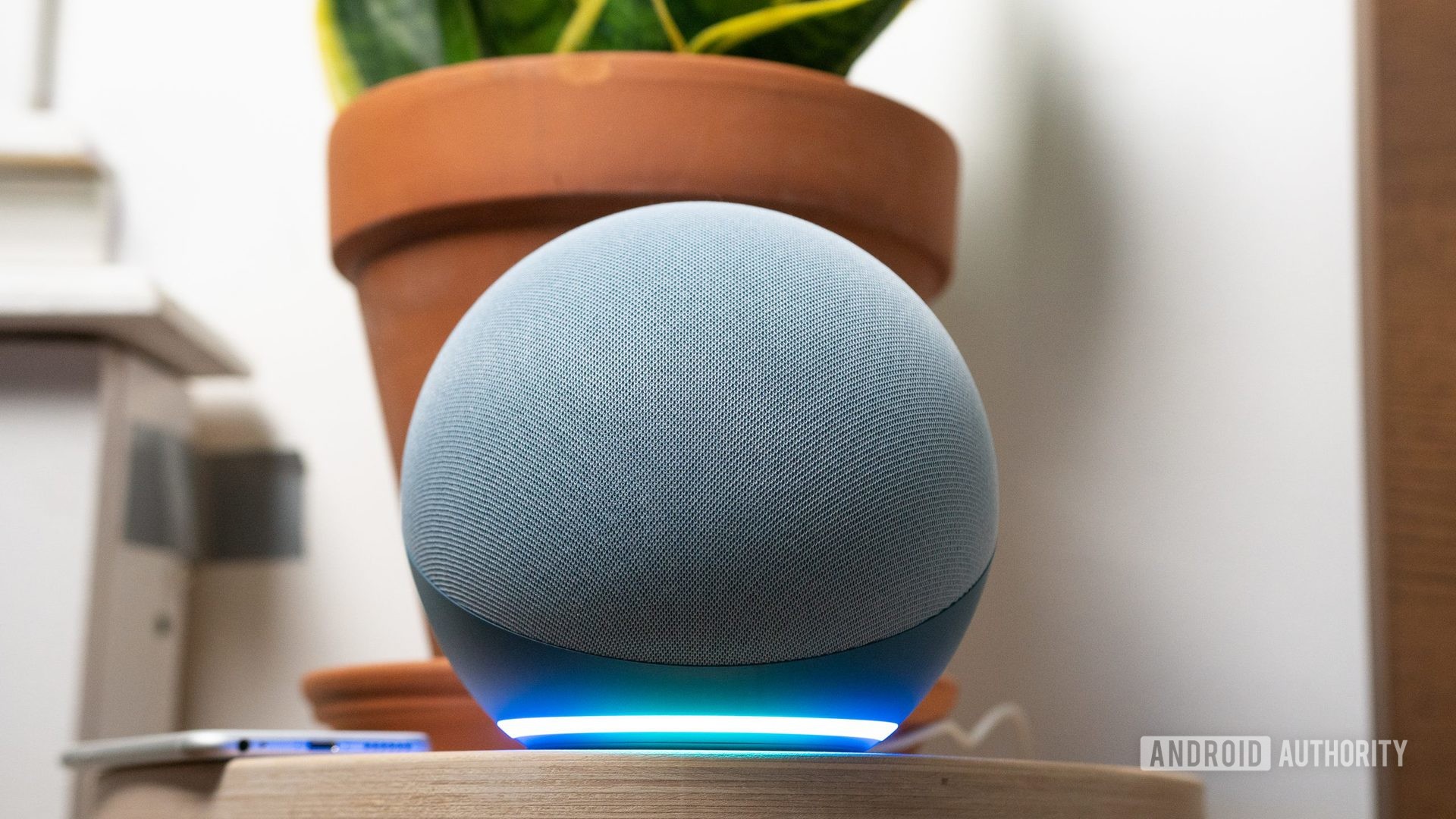
Adam Molina/Android Authority
The fourth generation Echo should be the basis for most Alexa-based smart homes. It sounds great, using two 0.8-inch tweeters and a 3-inch woofer to produce more sound and bass than you might expect. It has built-in motion and temperature sensors like the Dot, and can even act as a Zigbee hub, pairing with compatible accessories in a way that doesn’t burden your Wi-Fi network. Like most Echo speakers, it works as a Matter controller, too, though for now you can only pair accessories using your Android phone.
4. Google Nest Audio
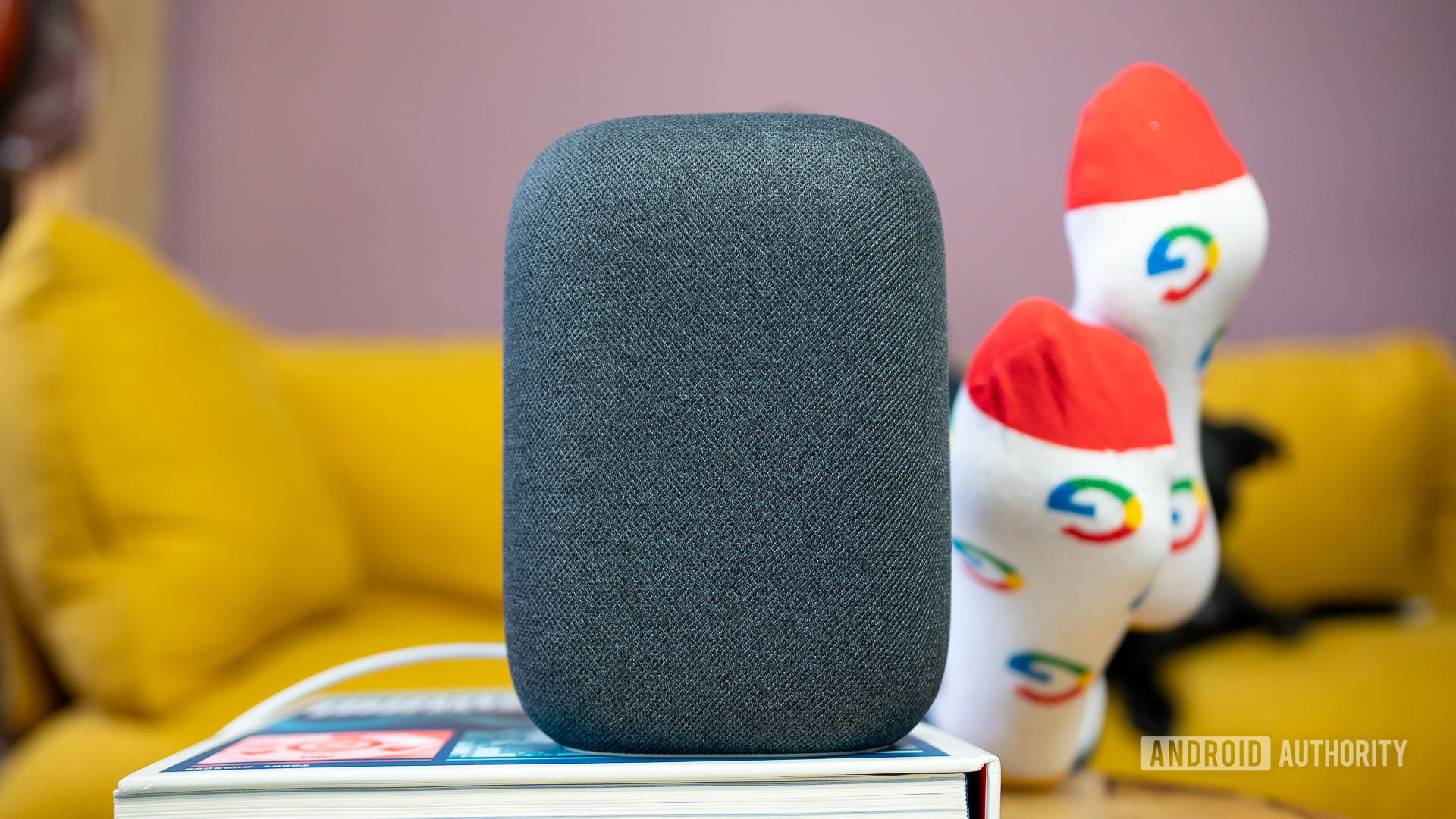
Adam Molina/Android Authority
Nest Audio is the best audio-only product from Google. It sounds better than the Mini, thanks not only to better specs but Media EQ and Ambient EQ. The first adjusts the output for the type of media you’re listening to (music, podcasts, etc.), while the second adjusts to ambient noise levels. There are more powerful third-party speakers out there, but for the price, it’s hard to beat.
5. Bose Home Speaker 500

If you want a single speaker that can deliver rich wall-to-wall sound, you should at least consider the Bose Home Speaker 500. It’s big and often pricey, but it offers a screen so you can see what’s playing, and it supports Alexa, Google Assistant, and AirPlay. There are also plenty of manual buttons, which should satisfy those frustrated with other products’ simple controls. Try to find it at a discount if you can, as it is several years old at this point.
6. Sonos Era 100
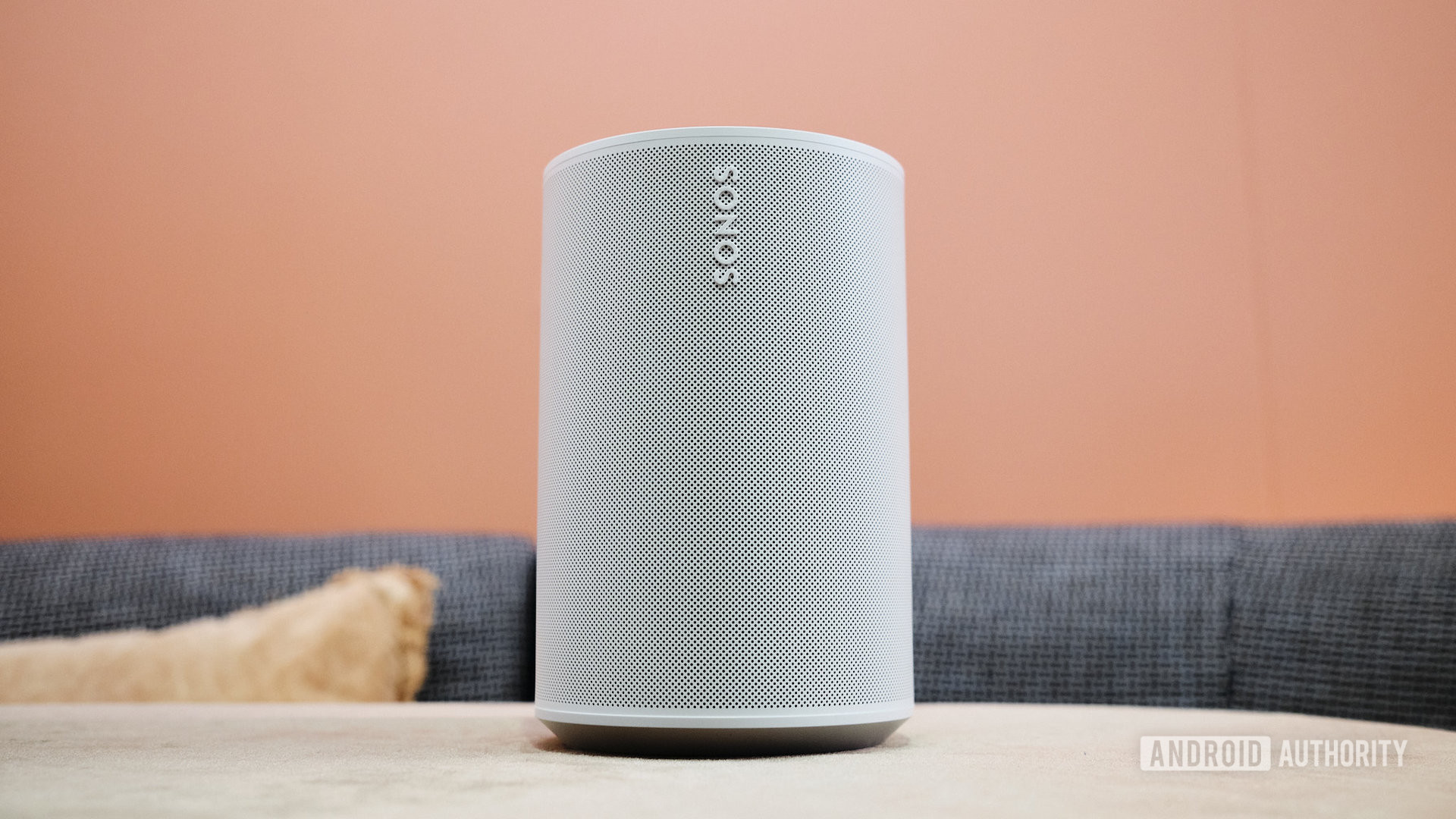
Lily Katz / Android Authority
The successor to the Sonos One, the Era 100 is also aimed at audiophiles and supports Alexa and AirPlay. In addition to sound quality, there are two reasons to use this speaker over some of the other options — the first is Trueplay, which automatically adjusts the speaker to the room’s acoustics. The other is the Sonos ecosystem, since a family of linked Sonos speakers sounds like a dream. You can also connect via bluetooth or an input adapter.
7. Sonos Beam (Gen 2)
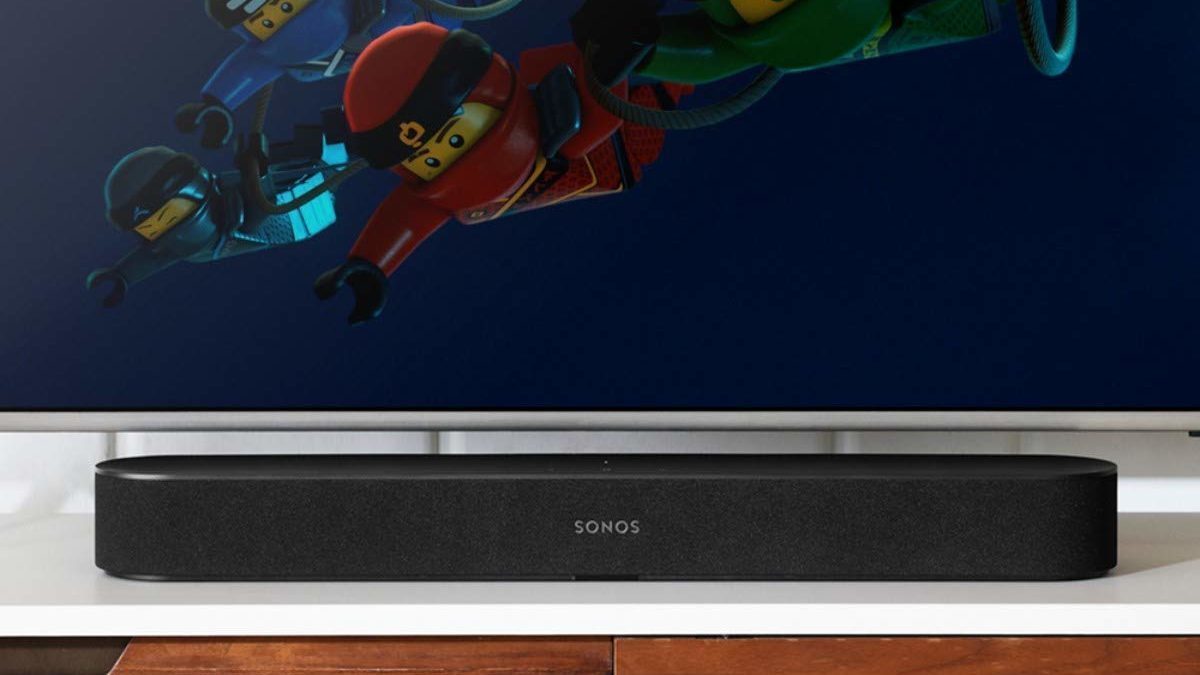
More and more people are getting into home theater audio these days, as quality equipment is now almost affordable, and choosing something with smart functionality can kill two birds with one stone. Sonos Beam are speakers with Alexa, Google Assistant, and AirPlay, as well as support for surround sound technologies like Dolby Atmos. It’s definitely the most expensive speaker on this list, but it might be the only speaker you need in your living room.
8. Apple HomePod (2nd generation)
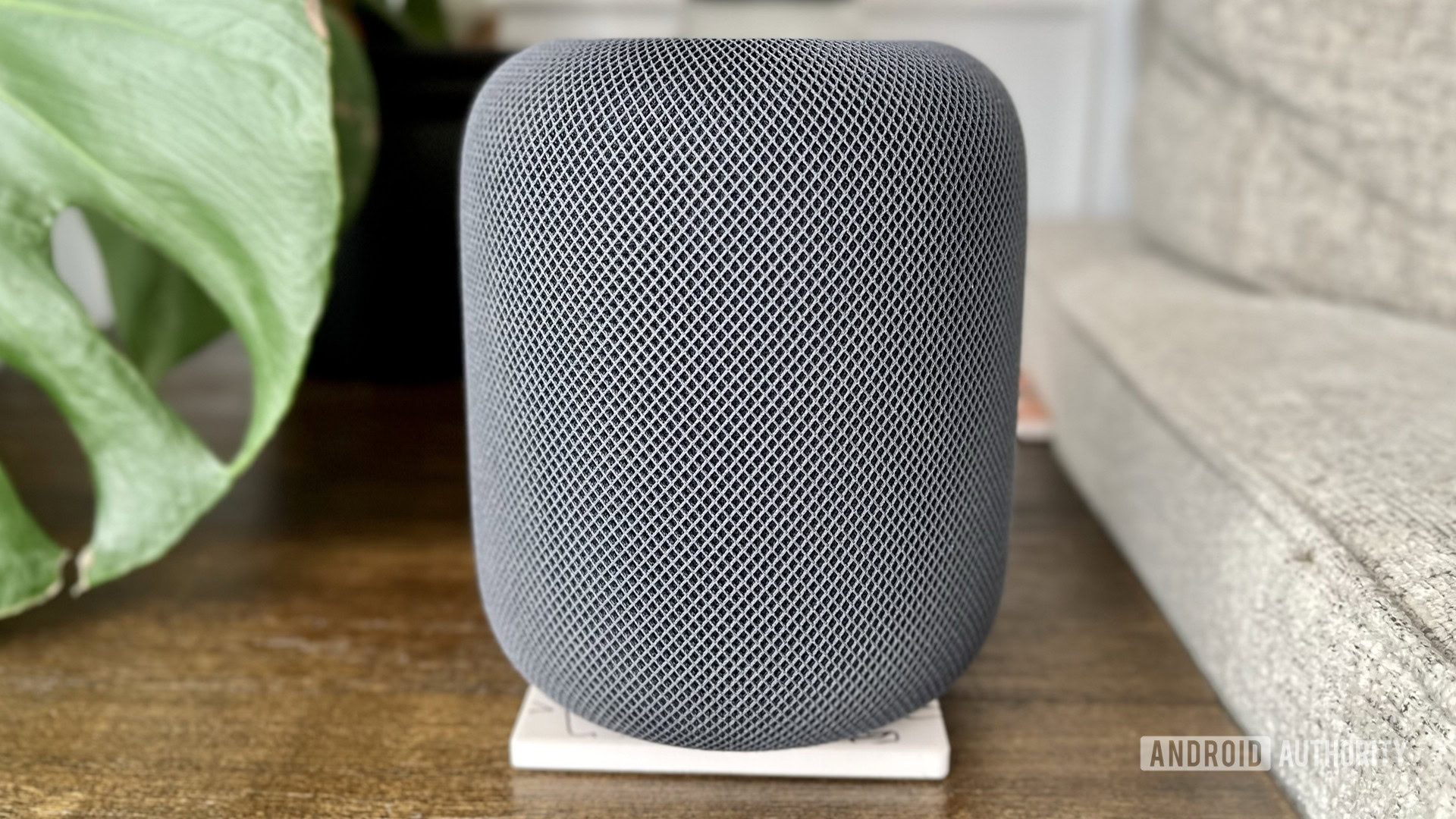
Roger Vengas / Android Authority
Apple’s latest full-size HomePod is your best option if you want a dedicated Siri speaker. It’s loud and clear with plenty of bass, and it has Dolby Atmos, which you can hear on both the TV output and select Apple Music tracks. It’s very easy to pair a device or two with Apple TV 4K for wireless audio.
You’ll need an Apple TV 4K if you want the HomePod to output ARC/eARC on a TV, which is a reminder that it’s inevitably linked to Apple platforms. An iPhone or iPad is only required for setup, and you should probably stay away if you’re a Spotify fan and want access to the voice controls.
Material and Thread pairing are enabled right out of the box, making it the perfect Home Hub for HomeKit. HomeKit requires either an Apple TV or a HomePod if you want remote access and automation.
